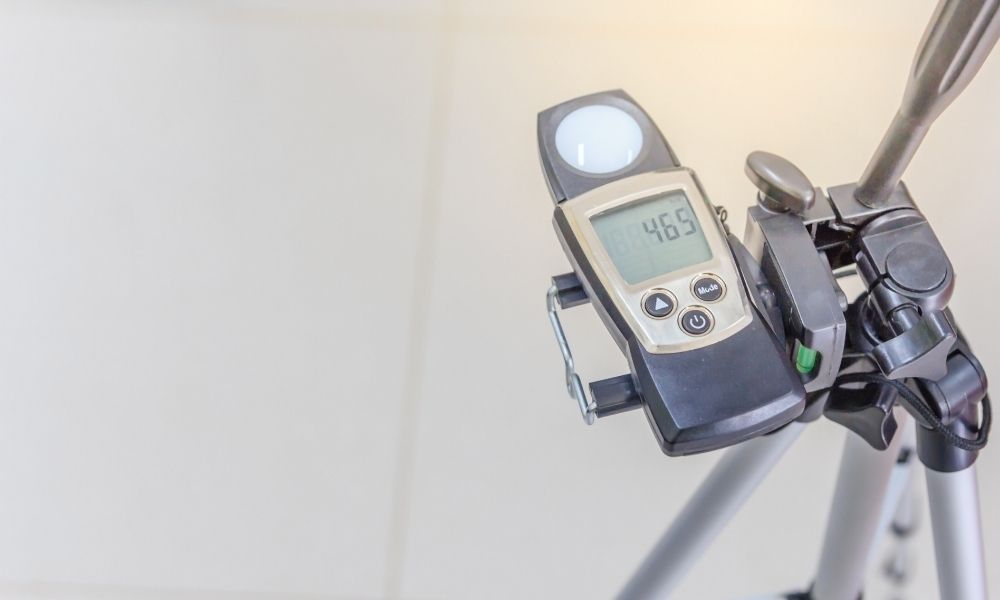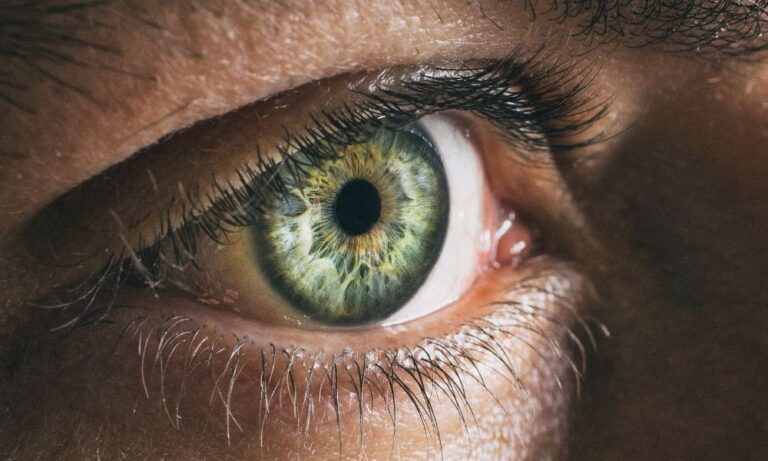Products like LED bulbs and other lighting systems must be tested for quality and proper function before being sold to consumers. And testers rely on accurate and repeatable light measurements to determine whether these products are ready to be put on the market. Explore the importance of precise results and discover how they help testers ensure that LED products function correctly.
What Is Accuracy, and How Does It Work?
Being able to repeatedly measure something with accuracy is crucial to any quality testing. And the same is true when discussing the importance of accuracy and repeatability in light measurement.
Specifically, accuracy is an aspect of light measurement that tells us how precise the results of a test are. And regarding LED bulbs and lighting systems, accurate measurements are critical to quality assurance and safety.
What Is Repeatability and How Does It Work?
As it relates to light measurement, repeatability is simply the ability to obtain consistent results repeatedly from a light test. Repeatability is used to gauge the brightness, lifespan, and overall quality of LED bulbs and lighting systems.
And it is one of the essential components of accurate light measurement. Without good repeatability from a light measurement device or system, the collected data from each measurement has little to no value. This is because the ability to get the same results repeatedly indicates consistency in the way a product functions and is therefore imperative to providing consumers with a quality guarantee.
To illustrate, say you were measuring the light intensity of a single bulb. In this case, you’d want to be able to measure the same magnitude each time you performed a test on the product. Doing this allows you to see whether the bulb is working optimally, ensuring that it will provide the same amount of light each time it’s used.
Conclusion
Overall, the importance of accuracy and repeatability in light measurement is that they provide the most accurate results in light testing. These characteristics are crucial to precise measurements that relay essential information about LED bulbs, fixtures, and various other types of lighting systems.
With these results, we can determine the safety and quality of the products being tested. Plus, accuracy and repeatability can also help highlight weaknesses so that products can be modified and improved when necessary.





